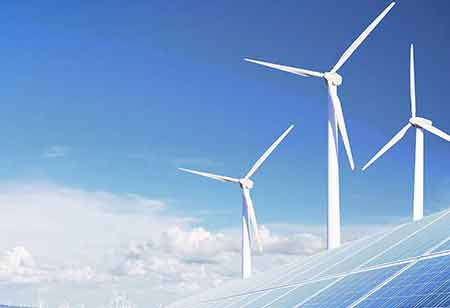Thank you for Subscribing to Energy Business Review Weekly Brief
Reason Behind The Importance Of Energy Management

By
Energy Business Review | Thursday, January 20, 2022
Stay ahead of the industry with exclusive feature stories on the top companies, expert insights and the latest news delivered straight to your inbox. Subscribe today.
Energy management aids in effectively analyzing energy intake to achieve desired benefits.
FREMONT, CA: Energy management improves energy use for the greatest possible results while conserving it. It also involves energy production planning and energy storage planning for future use. Consequently, the ultimate goal of this procedure is to achieve complete environmental sustainability and economic savings. Energy management encircles major structures, industrial facilities, and little living units like homes, kitchens, and dining rooms.
Energy management is the requirement of the hour, and there are seven usual reasons why it is essential:
Saves costs
Energy management systems in a building can save up to 29% on the total energy bill. However, if simple steps are done, like substituting old CFL bulbs with more energy-efficient LED lights, lighting energy utilization can be reduced by more than 50% if utilized for a long time.
Less risk of energy shortage
Although energy is transformed from one form to another, it is vulnerable to scarcity. Based on the US Energy Information Administration (EIA) research, global energy intake will increase by 48% by 2040, in line with the US Energy Information Administration (EIA) research. If not appropriately addressed, a swift increase in energy demand could result in future energy scarcity.
Reduction in greenhouse gas discharge
Coal-fired power stations produce 38% of the total global electricity. CO2, CH4, CO, CfCl, and dissimilar greenhouse gases are released when coal and other fossil fuels are burned, posing global warming and climate transformation hazards.
Maintain energy price
Any commodity's expense must be managed by balancing supply and demand. This also employs energy. For instance, the price of electrical appliances will be affected by energy prices. Accordingly, proper energy management will ensure that energy and related appliances are cost-effective now and in the future.
Energy management saves water.
Though hydroelectric power facilities do not employ fossil fuels, they have the potential to harm the quality of water resources in various ways. Hydroelectric facilities' principal issues are where they build oxygen stratification, eutrophication, thermal pollution, and mercury contamination.






